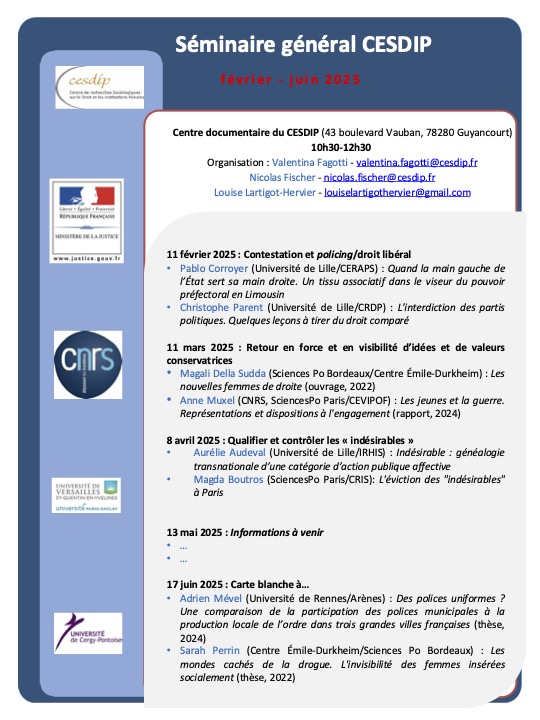by Delphine SAURIER and Kathia BARBIER – july 2013
Delphine SAURIER and Kathia BARBIER discuss some findings from a study of projects conducted by cultural heritage institutions and aimed at people under criminal justice authority. This study was sponsored and financed by the French Ministry of Culture and Communication.
Cooperation between the Ministry of Justice and the Ministry of Culture and Communication was inaugurated in the 1980s under the auspices of Jack Lang and Robert Badinter, who wished to give access to cultural objects of all sorts to the prison population. The first two Culture/Justice agreements (1985 and 1990) defined how cultural action was to be brought into prisons. They were completed, essentially in 1992 and 1995, by instructions memos, and nearly two decades were to pass before a third inter-ministerial agreement would extend that cultural action to the entire population under Ministry of Justice control. Since 2009, this also applies to people benefiting from a non custodial sentence (a suspended sentence, probation, community service work or other). Various types of partnerships between heritage institutions and the SPIP (Service pénitentiaire d’insertion et de probation, the correctional administration’s rehabilitation and probation department) are presently being developed, the idea being to provide “access to culture” for every person in the hands of the law, and to work toward their “rehabilitation”.
However, all of the operations conducted, in addition to formal partnerships, do not seem to add up to something visible to the concerned ministries. For this reason, the French Ministry of Culture and Communication sponsored a study on what is now standardly called “cultural action aimed at individuals in the hands of the law”.



